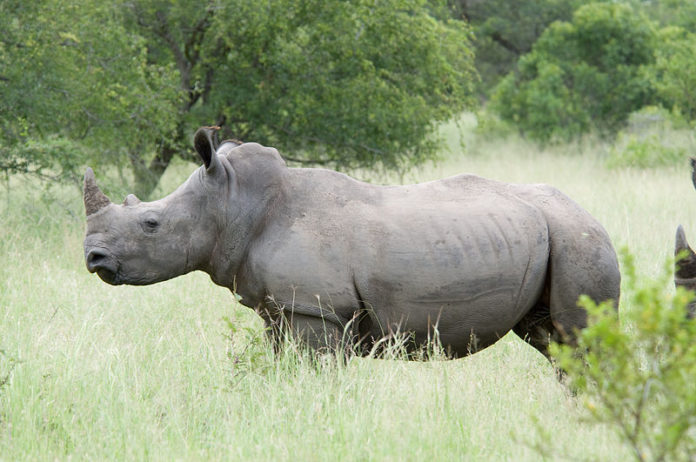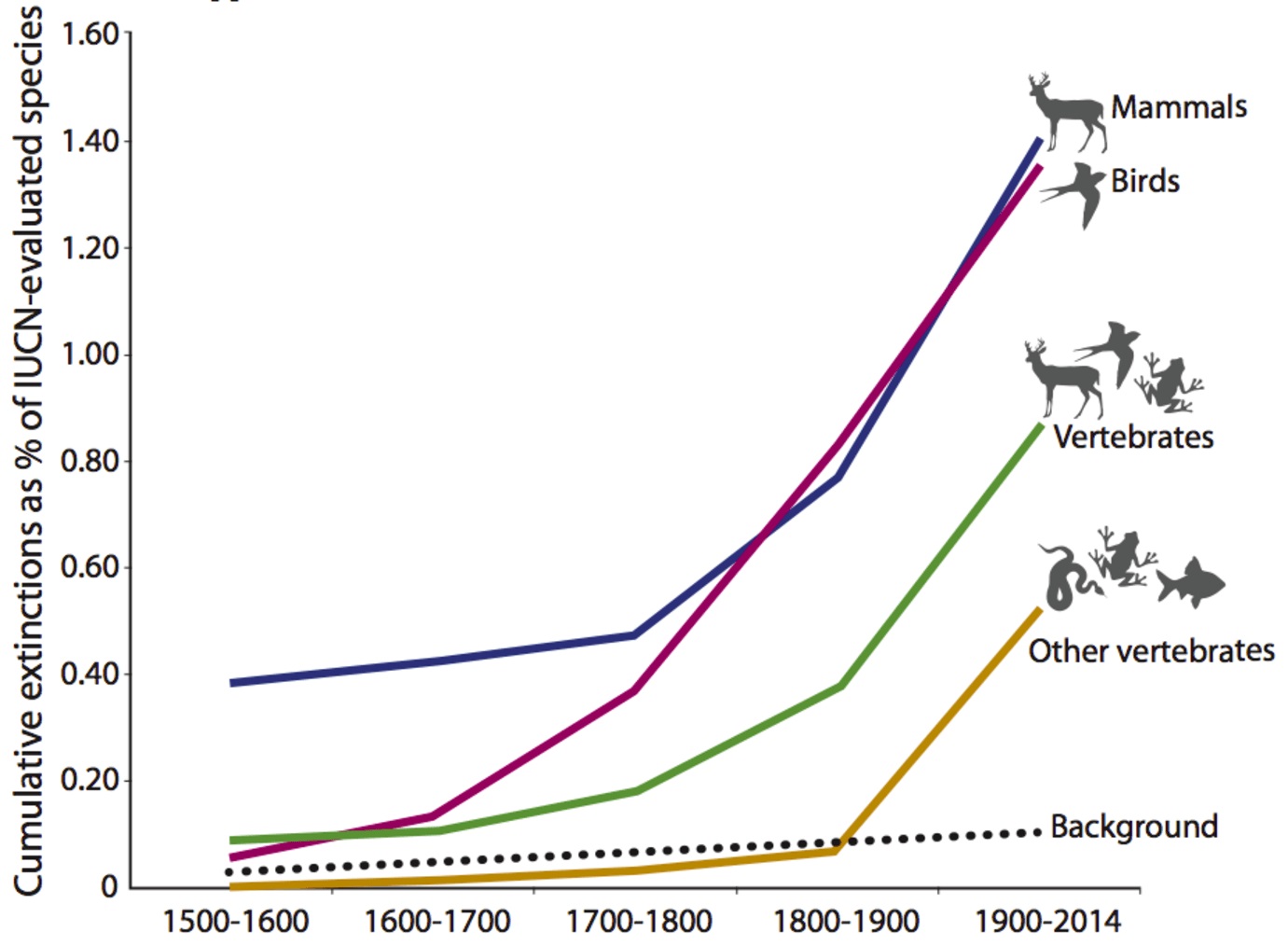
A new study has revealed that our planet is currently witnessing the start of a mass extinction, a disastrous event which has not been seen for at least 65 million years. Disturbingly, scientist concluded that the cause of this dreaded event has been linked to human influence and activity.
The study, which was published in the journal Science Advances, was aimed at determining the extent human actions, over the past 500 years, have impacted the extinction rates of vertebrates: mammals, fish, birds, reptiles and amphibians. The evidence collected revealed that the number of species and the rate at which they were lost had significantly accelerated over the past couple of hundred years.
The team of international researchers was who collected this latest research was led by Gerardo Ceballos of the National Autonomous University of Mexico. Collecting data and measuring the extinction rates of species, especially those that are conservative, is an incredibly difficult task. Therefore, in order to determine extinction rates, scientist have devised cleaver methods of estimating these rates.
This means, when there is very little data available, researchers are forced to make a number of educated assumptions, which can ultimately lead to overestimation. This has resulted in many studies in the past being criticised for their overestimations of the crisis. However, to overcome this issue, Ceballos and his team decided to base the finding on the most conservative extinction rates available.
Based on these conservative rates, the team shockingly found that the average rate of vertebrate species loss over the last century is over 100 times greater than the background rate (normal rate of extinction). According to the paper, “The number of species that have gone extinct in the last 100 years would have taken anywhere from 800 to 10,000 years to disappear otherwise.”
Cumulative vertebrate species recorded as extinct or extinct in the wild by the IUCN (2012). Dashed black line represents background rate. This is the ‘highly conservative estimate’.
Ceballos and his team used the background rate of extinction that says, two vertebrate species will go extinct per 10,000 species, per 100 years. Therefore, based on this estimate, nine vertebrates species must have disappeared since 1900; however, the actual number of known species that have gone extinct stands at a minimum of 477.
But how does this mass extinction affect us? Like every other species on the plant, we are dependent of biodiversity. Whether that be the pollinating of our crops, medicines, oxygenation of the atmosphere, purifying our water and providing natural fibres for us to weave; if we disrupt the ecosystems that provide our food, water, and materials, they will not be able to function in the same way.
According to Ceballos, if the current pace of extinction continues, the implications will begin to effect humanity within three generations. These effects will virtually be irreversible within our species time scale. However, if efforts are made now to preserve the world biodiversity and endangered species, preventing our actions from causing the world’s sixth mass extinction is possible. Now is the time for the world to adopt an environmental conciseness and finally take responsibility for its actions.
This Article (New Study Confirms That The Earth’s 6th Mass Extinction Has Begun) is free and open source. You have permission to republish this article under a Creative Commons license with attribution to the author and AnonHQ.com.






Still , we know that the world isn’t going to adopt an environmental conciseness and finally take responsibility for its actions, it’s going to happen anyway